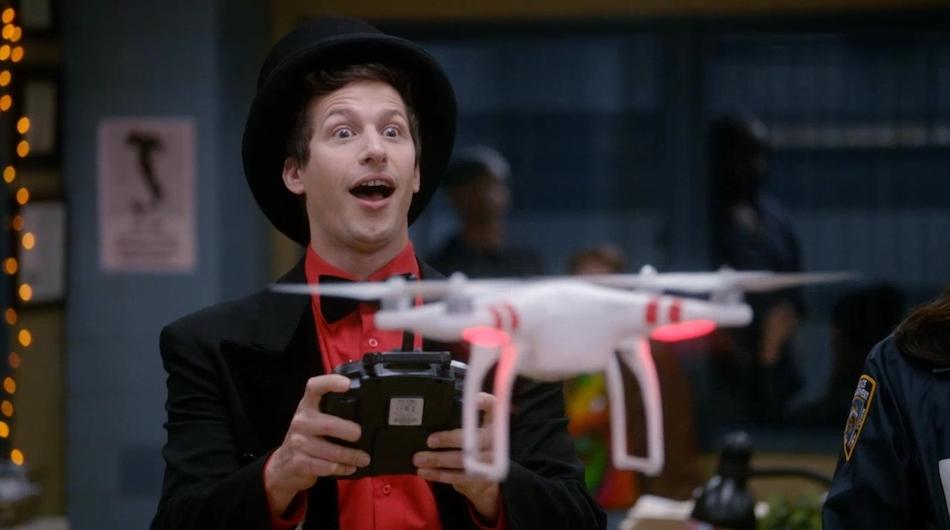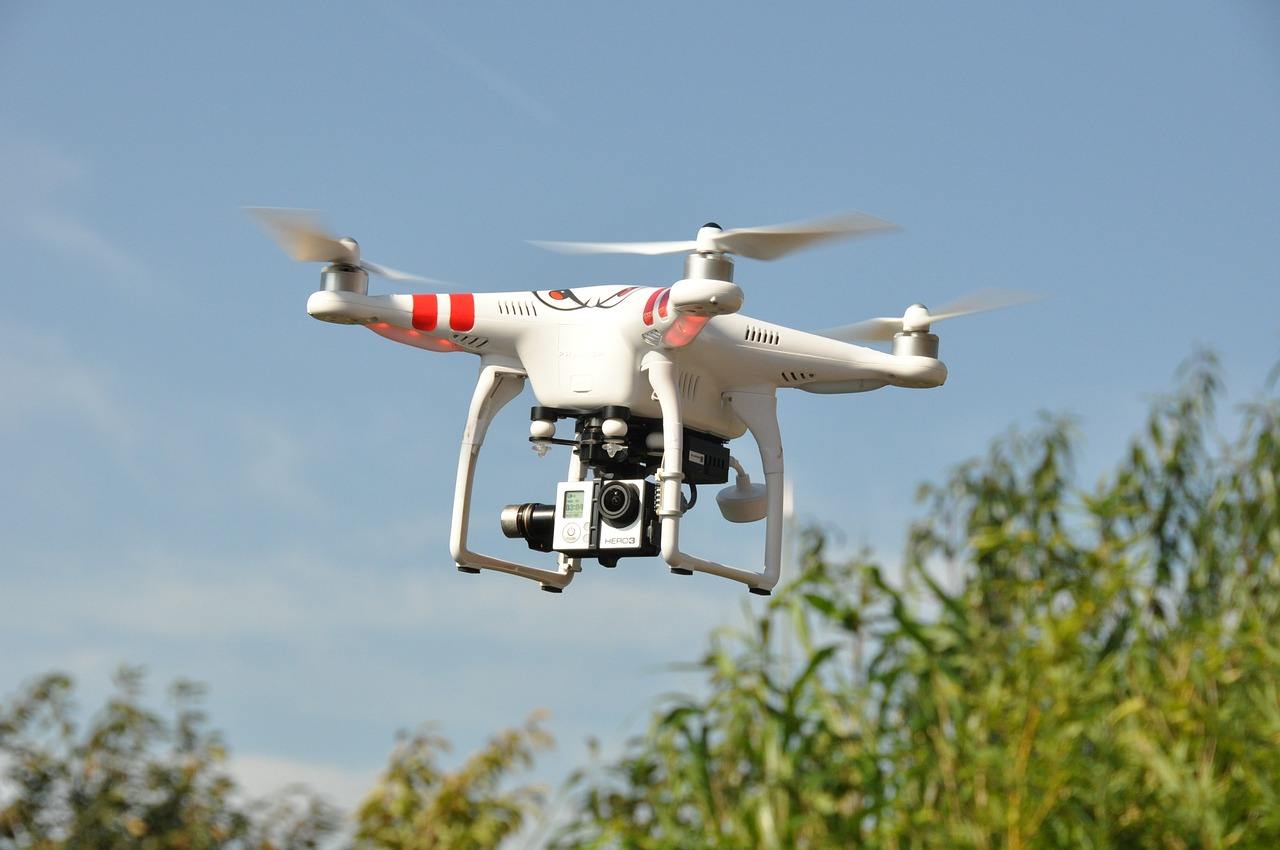
Wow, a drone… Or not? Image credit: Fox Shows.
Drones received flak in the past for causing civilian deaths. Now, drones are seen in a more positive light, performing tasks such as deliveries, and light shows.
What we all agree on is that drones can refer to any type of unmanned aerial vehicles (UAVs). They can be controlled remotely or onboard via pre-programmed software. They can also bear cargo, such as cameras. But drones have become a catch-all phrase for all UAVs, and it’s really confusing. Knowing the definition of a drone affects how we perceive current regulations on “drones” and UAVs.
Here’s what a drone is and isn’t.
Two conditions of being a drone
To be even more exact on the definition of drones: a drone is “an unmanned aircraft or ship” with two conditions, according to [Dictionary.com]. They can (1) “navigate autonomously, without human control”, or (2) “beyond line of sight.”
An example of an autonomous flight mode is a pre-planned flight. Drones follow GPS waypoints to navigate without human intervention. Many drones also come equipped with the return-to-home feature which allows drones to fly back to the starting point and land.
Part two of the definition gets even more confusing. “Beyond line of sight” is the part most of us don’t even know about. Flying beyond our line of sight means that drones can perform independent and extended flights, unlocking a host of opportunities such as remote search and rescue operations.
Differentiating drones and UAVs
“Drones” can come in various forms and shapes, ranging from helicopters to airplanes. There are even octocopters – aircraft with eight rotors – which can do heavy lifting and flights at high speeds.
But with the above definition in mind, we know that not all UAVs are drones.

An octocopter “drone”. Video credit: Discovery Channel SEAsia
For example, radio-controlled (RC) airplanes are UAVs but aren’t drones. RC aircraft can lack features that allow for independent and extended flight, such as a GPS, and autonomous flight modes – one of the dictionary definitions of being a drone.
“The word drone now is misused. It’s now applied to any unpiloted aircraft. So aerial photography or racing machines are technically not drones, but UAVs. They don’t have the capability of autonomous flight,” explains Alvin Yeoh, secretary of the Multirotor Association of Singapore.
“A fully autonomous craft can complete a full mission you give it without any foreign input, such flying from point A to B and back again,” he explains. “RC crafts have autonomous modes, but whether it’s a full-on drone, I think that’s debatable. They’re not always fully autonomous.”
“In my opinion, the highest end drones have some form of autonomous capability to make a decision,” he says.

A radio-controlled aircraft. Photo credit: Wikimedia/CC BY-SA 3.0.
Quadcopters are a common subset of drones, and are likely to be the first thing you think of when you see the word “drone.” They are controlled by four rotors, which consist of a motor and propeller. This allows them to hover and remain balanced in the air. Some aren’t pre-programmed either, and can’t be trusted to fly out of sight. Thus, not all quadcopters are drones.

This is a quadcopter. Some argue it isn’t a drone unless it comes with pre-programmed flight functions. Photo credit: Pixabay.
Regulations for UAVs shouldn’t be same for drones
But not all government agencies recognize the difference between UAVs and drones. Most regulations lump the two together.
It’s convenient to lump all UAVs into one “drone” category because consumer drones and autonomous flight modes are still relatively new. Alvin thinks regulators are partly at fault for the confusing terms. “People with actual drones are the military or research organizations. Such drones are fully autonomous. I don’t think there are consumer drones that match such capabilities,” he says.
And drones, ranging from military to consumer ones, are still prone to crashing. For example, in 2016, the Federal Aviation Administration released “drone” rules that require the pilot to possess a “remote pilot certificate” and maintain “visual line of sight” with the aircraft. Same goes for Singapore’s guidelines, which recommends that people keep their UAVs and drones within sight. They’re implying that pilots and drones alike can’t be trusted.
“Regulations in America are due to the proliferation of easy to fly UAVs, such as the DJI brand for aerial photography. They’re relatively inexpensive and easy to fly. Almost everybody wants one. And they’re flying it in places they shouldn’t be in! Such flights presents an air risk,” says Alvin.
This removes possibilities of autonomous flight. Beneficial search and rescue operations may not be carried out. But while we can’t have remote drone deliveries right now, a pilot could perhaps fly a drone window-to-window from a delivery truck.
“I believe once the system is proven to be safe and reliable, regulations shouldn’t stop flight beyond our line of sight from being implemented,” says Alvin.
As drones become more advanced, we may have to rethink these regulations. For now, we can hit the handy panic button to get out-of-control toy drones back to base.
This post So what exactly is a drone? appeared first on Tech in Asia.